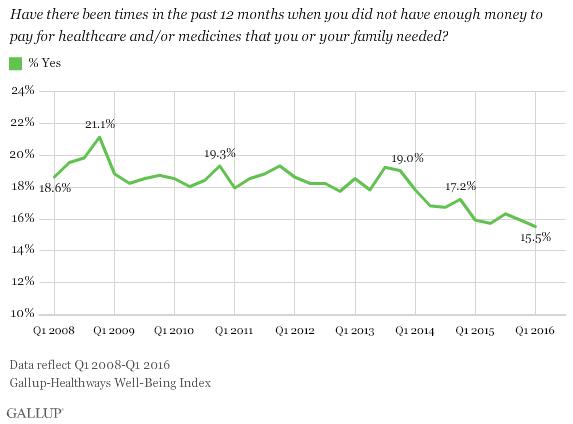What would Brexit mean for the NHS?
By Denis Campbell
The Guardian, June 14, 2016Alongside the economy and immigration, the NHS has emerged as a key battleground in the EU debate. That is because the leave campaign decided early on to deploy the health service as a core argument in their plea to voters. Leave leaders Boris Johnson and Michael Gove have said consistently since campaigning began in April that Brexit could free up up to £8bn extra a year to spend on the NHS.
Leaving the EU would not, however, provide more money to spend on the NHS, according to the Institute of Fiscal Studies. “Rather, it would leave us spending less on public services, or taxing more, or borrowing more.”
Labour has dismissed the leave campaign’s claim of a bigger NHS budget as “misleading, simplistic and complete and utter nonsense”. Its own analysis concludes that a post-Brexit economic slump could force the government to cut the Department of Health’s budget by £10.5bn – the equivalent of every hospital in England having to shed 1,000 nurses and 155 doctors.
And last week, Tory MP and former GP Sarah Wollaston defected from the Vote Leave campaign saying its claim that Brexit would unlock up to £350m a week for the NHS “simply isn’t true”.
***
Pharma, researchers, NHS face uncertainty after Brexit win
By Helen Collis
Politico, June 24, 2016Britain’s Brexit result today ignites a long period of uncertainty in the health sector, on the relocation of the European Medicines Agency, on staffing the National Health Service and on funding research.
http://www.politico.eu/article/pharma-researchers-nhs-face-uncertainty-after-brexit-win/
***
EU referendum: Nigel Farage backtracks on Vote Leave’s ‘£350m for the NHS’ pledge hours after result
By Jon Stone
Independent, June 24, 2016Nigel Farage has disowned a pledge to spend £350 million of European Union cash on the NHS after Brexit.
The Ukip leader was asked on ITV’s Good Morning Britain programme whether he would guarantee that the money pledged for the health service during the campaign would now be spent on it.
Speaking on the morning of the referendum result he however said he had never made any such pledge.
When it was pointed out that Vote Leave emblazoned the £350 million claim onto the side of a tour bus and drove it around the country, Mr Farage said: “It wasn’t one of my adverts – I can assure you! I think they made a mistake in doing that.
There was certainly no uniformity of opinion on what impact Brexit might have on their National Health Service. Now that the results are in, we still will not know until the destabilization begins to settle down.
So what is the most likely outcome? The basic structure of their revered health system will likely remain intact, but it may be subjected to tweaking, the nature of which will depend on the ideology prevalent in the political environment after the shakeup occurs, already beginning with the announcement that Conservative Prime Minister David Cameron will resign.
What impact will this have on health care reform in the United states? Virtually none. The probable Democratic presidential nominee has said that she will perpetuate the current system, adding minor beneficial tweaks. The probable Republican presidential nominee will likely accept the recommendations in the white paper released by the House Republicans which basically proposes perpetuating the current system with tweaks that they consider to be beneficial from a conservative perspective.
Bernie Sanders and colleagues are attempting to shift the Democratic platform to a position of support for a single payer national health program – Medicare for All – but Hillary Clinton has already made it very clear that she would not support such a change.
We can sympathize with the difficulties faced by the Europeans as they work out the Brexit problems and what is to follow. But if we are to learn from this, we must understand how important it is to be informed on public policy and then to elect politicians who will carry out a pledge to make our nation work well for all of us. We don’t seem to be doing that now. We do not have the prospect of a Usexit since we have nowhere to go.

